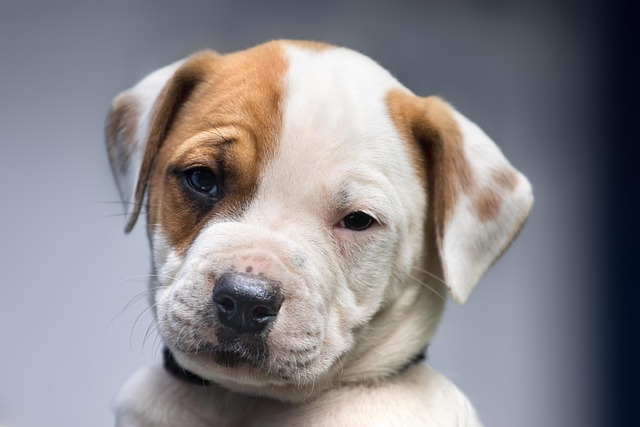
How to crate train a dog with separation anxiety?
Many new dog owners notice the same pattern: grabbing your keys triggers whimpers, paws scratch at the door, and suddenly your pup is in full panic mode.
Watching a puppy bound toward you with that wiggly tail and curious eyes is one of life’s little joys—until those tiny needle-sharp teeth connect with your hand. Puppy biting is normal, a natural part of exploring their world and teething, but that doesn’t make it any less uncomfortable. The key is guiding them gently toward better habits before those playful nips turn into something more problematic.
Start by keeping a few sturdy chew toys within arm’s reach whenever you’re interacting. When your puppy latches onto your finger instead of their toy, resist the urge to yank away—that sudden movement can trigger their prey drive, making them clamp down harder. Instead, calmly slip a toy into their mouth. Most puppies will shift their focus to the new object, and over time, they’ll learn that toys are the appropriate things to gnaw on. It’s a simple trick, but consistency turns it into a powerful lesson.
Yelling or tapping a puppy’s nose might seem like a quick fix, but it rarely works. Those little brains aren’t wired to connect the scold with the action, and it can create confusion or even fear. Instead, try a high-pitched “ow!” when they bite too hard—mimicking how other puppies yelp during play. It’s a language they understand, signaling that the bite was too rough. Pause the play for a minute after, and they’ll start to link gentle behavior with keeping the fun going.
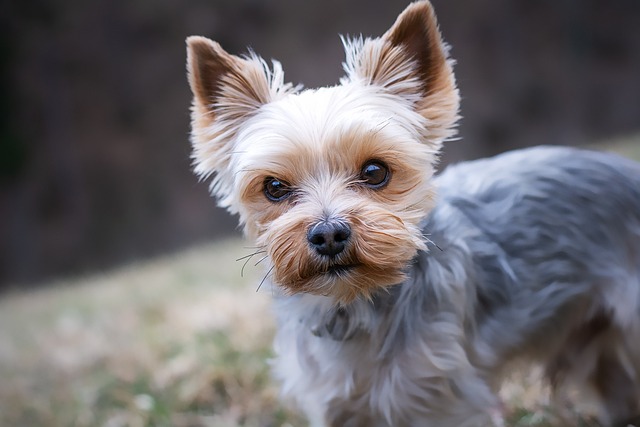 Social time with other well-behaved dogs works wonders too. Puppies learn a lot from their peers, especially about bite inhibition. When playing with another pup, a too-hard bite gets a reaction—maybe the playmate walks away. That natural consequence teaches them to control the pressure of their jaws better than any human correction. Just make sure these interactions happen in safe, supervised settings, and keep an eye on local guidelines for dog interactions to stay on the right side of community rules.
Social time with other well-behaved dogs works wonders too. Puppies learn a lot from their peers, especially about bite inhibition. When playing with another pup, a too-hard bite gets a reaction—maybe the playmate walks away. That natural consequence teaches them to control the pressure of their jaws better than any human correction. Just make sure these interactions happen in safe, supervised settings, and keep an eye on local guidelines for dog interactions to stay on the right side of community rules.
Teething adds fuel to the biting fire, so be extra patient during those months. Cold, rubber toys can soothe their sore gums, reducing the urge to chomp on hands or furniture. Keeping a rotation of interesting toys—some soft, some textured—prevents boredom from driving more biting. And remember, every puppy learns at their own pace. Rushing the process or getting frustrated can slow progress, so take deep breaths when those teeth find your sleeve again.
Training a puppy not to bite isn’t just about comfort—it’s about building trust. When they learn that gentle behavior brings more play, more treats, and more cuddles, they’ll want to repeat it. Keep sessions short, end on a positive note, and celebrate the small wins: that moment when they pause mid-nip and opt for their toy instead, or the first time they lick your hand instead of chomping. Those are the building blocks of a well-adjusted adult dog.
Raising a puppy is a mix of chaos and joy, and curbing biting is part of the journey. With consistency, kindness, and a pocket full of treats, you’ll guide your little one from tiny biter to gentle companion. They’re not being “bad”—they’re just learning. And with your help, they’ll get there.

Many new dog owners notice the same pattern: grabbing your keys triggers whimpers, paws scratch at the door, and suddenly your pup is in full panic mode.
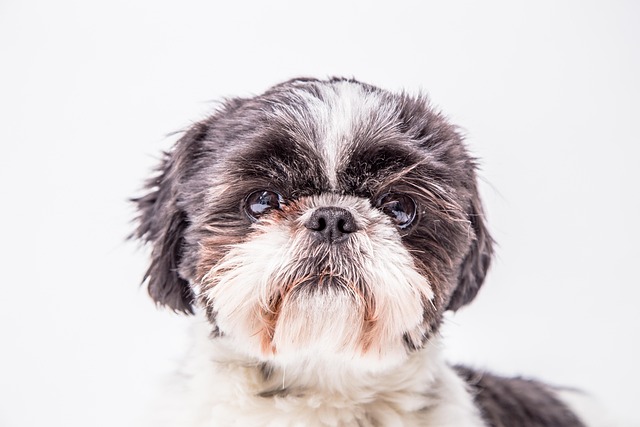
Finding little surprises around the house is part of puppy parenthood, but that doesn’t mean it has to last. A new pup doesn’t know your rules—they’re still figuring out their own body signals, let alone where to go when nature calls.
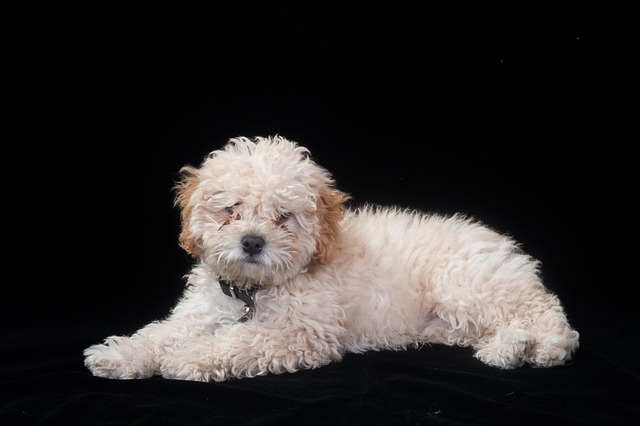
Teddy bear puppies, with their squishy faces and fluffy coats, melt hearts easily—but when it comes to potty training, their cute exterior doesn’t always translate to smooth sailing.
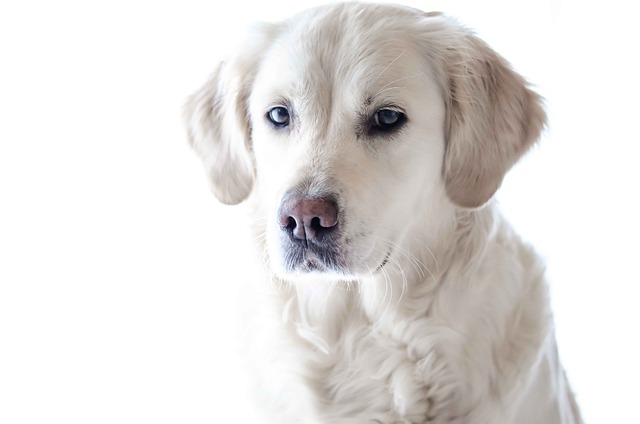
That stubborn moment when your dog plants all four paws like a furry statue during your neighborhood stroll - while frustrating, this behavior usually signals something deeper than
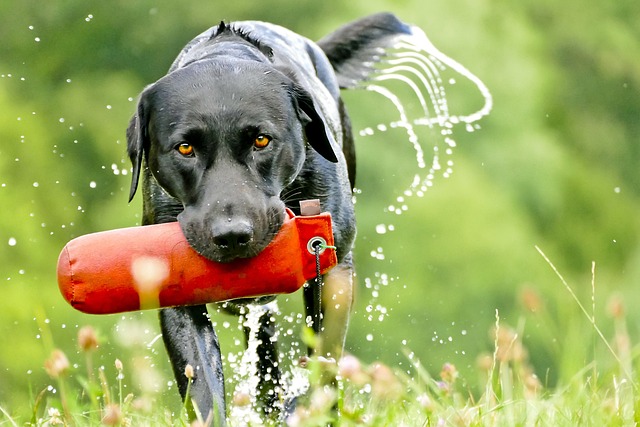
That moment when you're trying to navigate your narrow apartment hallway and your Golden Retriever becomes an immovable furry roadblock
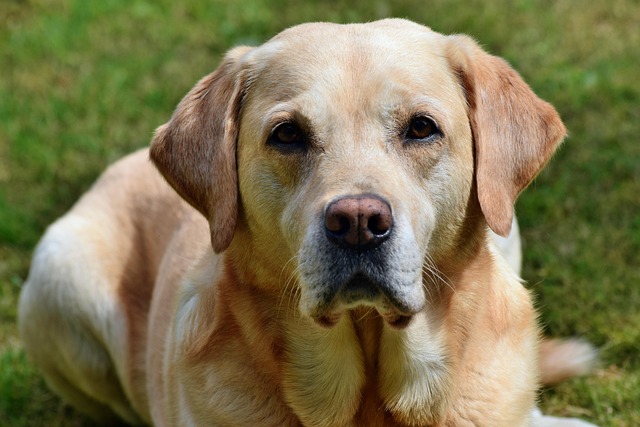
Dogs are creatures of habit, and when they start using their crate as a bathroom, it’s usually a sign something’s off in their routine or environment.